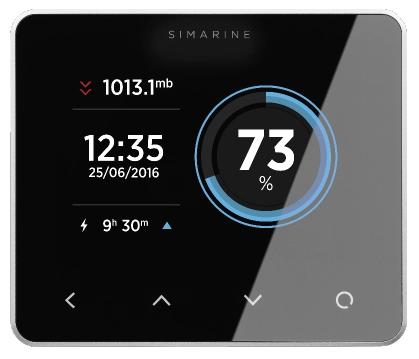Have you ever had the feeling you are buried in information on how batteries work, some of which is conflicting? What should you really do to increase battery lifespan? Which battery state of charge dos and don’ts should be remembered?
You know batteries don’t last forever. The life of a battery is based on the number of times it is discharged and recharged, i. e. the number of cycles. Therefore battery care is essential to extend its lifetime. To take good care of your batteries you should:
- know where to keep them when you are not using them
- always keep them fully charged
Why temperature matters
One of the biggest things that reduces the life of a battery is temperature. A battery loses charge capacity when temperatures are extreme. Store your batteries at room temperature or below, the recommended storage temperature for most batteries is 59 °F (15 °C).
As temperatures increase, especially over 100 °F (38 °C), so does internal discharge of your batteries. If a new fully charged battery is left sitting 24 hours a day at 110 °F for a month, it would most likely not start an engine.
Cold weather isn’t nearly as hard on batteries as hot weather. Still, cold weather can also be very hard on a battery. The chemistry just does not make the same amount of energy in bad conditions. A deeply discharged battery can freeze solid in sub zero weather.
Control humidity
Looking for a perfect place for storing, keep in mind your batteries should stay away from a high humidity environment. A vapor-proof container is an option to keep them dry.
Check the charge levels
Check the state of charge (SoC) before the battery storage, many batteries will permanently damage themselves if kept in a discharged state. The ideal SoC depends on the technology:
- Lead acid batteries. Charge as often as you can! Store at full charge to avoid sulfation – storing a lead-acid battery at a very low charge state can cause crystal formation that reduces capacity. The general rule: the less the battery is discharged before being recharged again, the longer it will last.
- Lithium-ion batteries. Partial charge is better than a full charge, store them at approx. 50% SoC for the best results. Some reserve charge is necessary to keep a battery and its protection circuit operational during long periods of storage.
Battery dos and don’ts
+ Recharge the batteries immediately after discharging.
+ Maintain and inspect them, especially in hot weather or after your battery has done hard work.
+ Read the instructions and think about safety first.
– Don’t use unregulated chargers.
– Never add tap water.
– Don’t add new electrolyte.
– Try not to discharge a battery any deeper than you possibly have to.
Monitoring the battery state of charge
We all agree keeping batteries properly-maintained and fully-charged all year round will greatly increase their performance and lifespan. But how can we achieve such control over our batteries?
Monitoring is the magic answer and the best solution. Keep it simple and working and install a battery monitoring system – in the long run it surely saves money.
Simarine Pico battery monitor measures the actual amount of energy remaining in a battery and delivers in a clear and understandable way other important information like:
- volts and amperes coming in
- battery consumption
- remaining ampere-hours
- data about water, fuel and grey water tank levels and temperatures.
There’s nothing worse than getting out in the sea and having your battery die. Let the two most heard phrases ‘my battery won’t hold a charge’ and ‘my battery won’t take a charge’ never hit you again!




